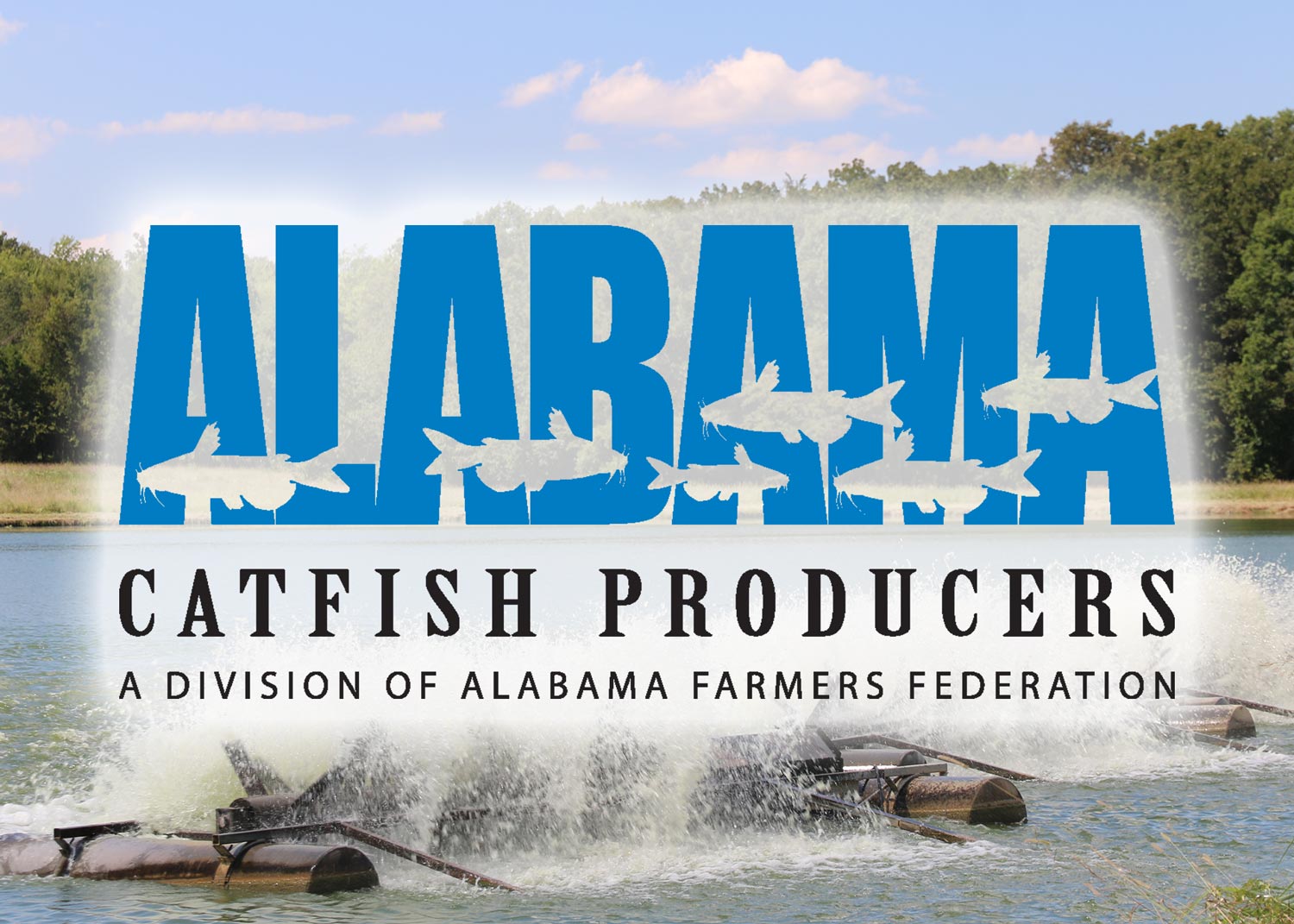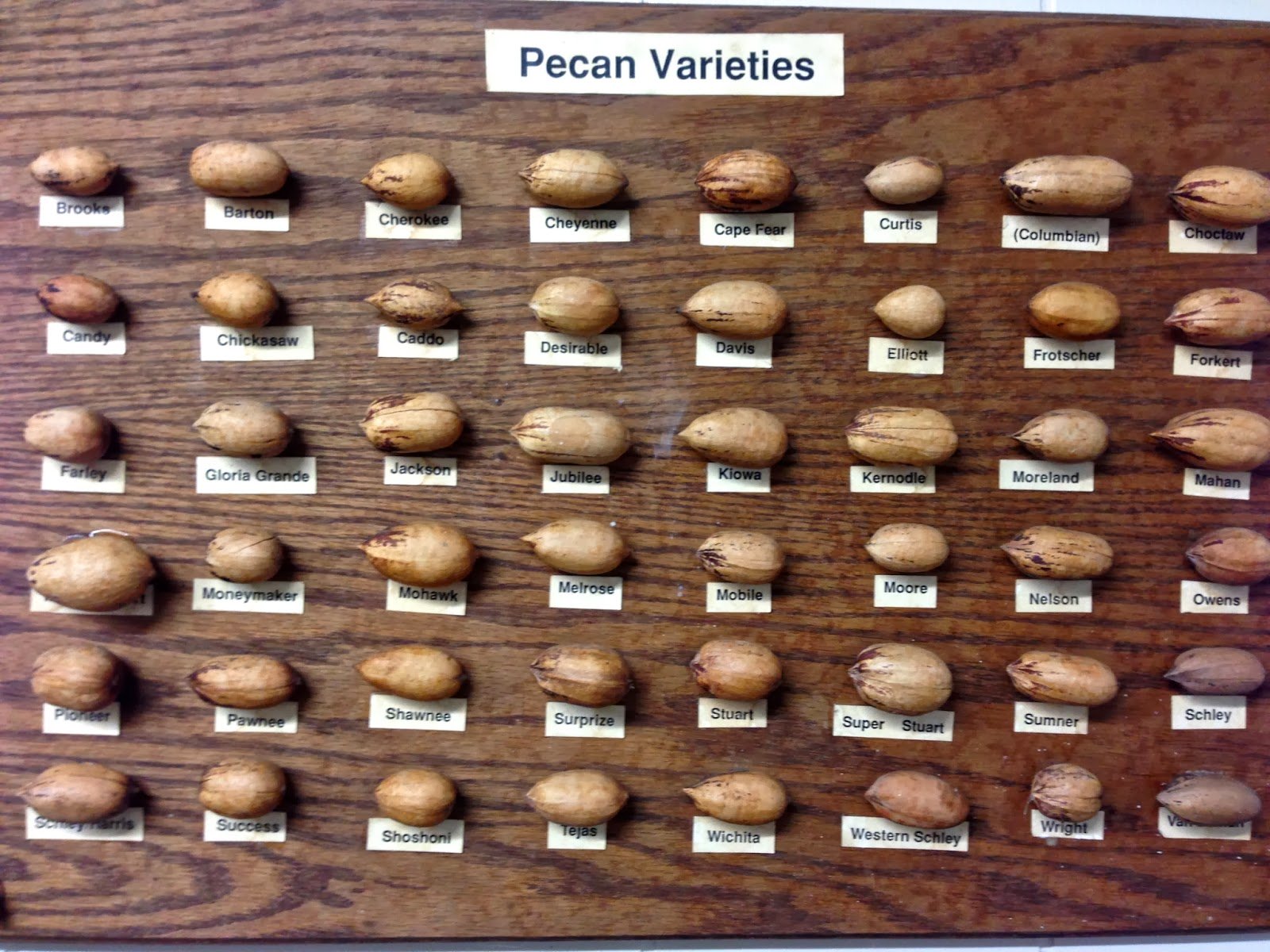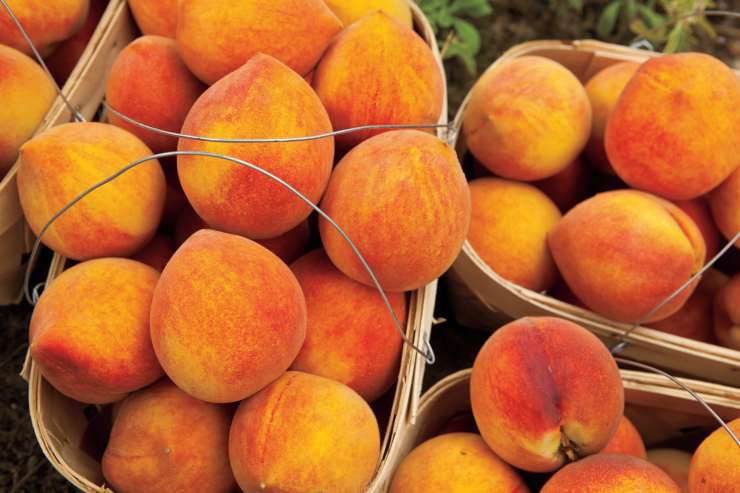Peanut Production in Alabama Is A $200 Million Dollar Industry
Peanut Production in Alabama is a huge business, as this historic state harvests over 400 million pounds of this valuable commodity.
Because of this, this lucrative business brings in over $ 200 million in sales annually to the state, and farmers plant over 160,000 acres of them each and every year.
Alabama is also one of the top producers of this food source, with the state of Georgia being the top producer.
Peanut production in Alabama is done mostly along the Gulf Coast, from one side to the other, and there are four counties that really control this very profitable crop.
They include Houston, Baldwin, Henry, and Geneva counties, and during the fall harvest, one county really stands out.
The city of Dothan, located in Houston County, is by self-proclamation, the “Peanut Capital of the World”.
It is host to the National Peanut Festival, which annually draws over 200,000 visitors to this historic ten-day long event.
It is also home to the Alabama Peanut Producers Association, which was formed over 70 years ago in the 1950’s.
However, what is not a well-known fact to most people including residents of the state, are the other names this profitable food source is known by.
It is also called a groundnut, an earthnut, as well as a goober, but despite its several common names, it is not actually a “true nut”.
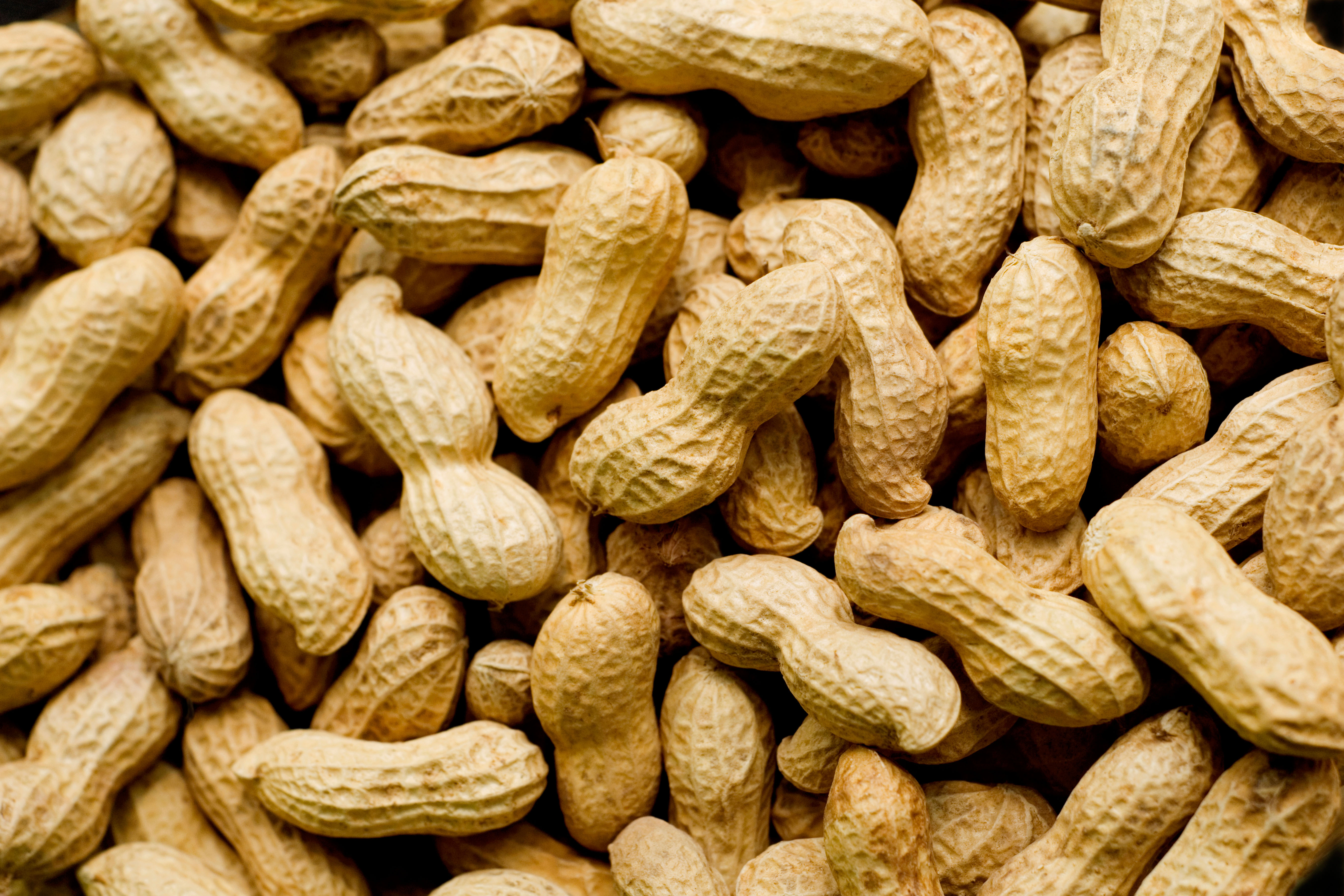 Peanuts Grown in Alabama
Peanuts Grown in AlabamaThe History of Peanut Production in Alabama
The history of Peanut Production in Alabama centers on the Civil War and the years immediately after.
This unique food source originated in South America and was believed to be brought to this country by African slaves in the early 18th century.
However, until the onset of the Civil War, most all members of the upper class shunned them, and considered this to be only a food that was fit for slaves or very poor people.
Up until this time frame, consumption of peanuts was by people of the lower classes; however, this would soon change, as more and more farmers stated growing this crop.
Consumption really picked up during the onset of the Civil War, as both the Union as well as the Confederate soldiers started to eat them.
They liked them for several reasons that included their nutritional benefits as well as their other uses at the time: pie making and peanut coffee.
However, the Peanut Production in Alabama really began to take off when the war ended, and the soldiers from both sides took their love for them home with them.
They had become very fond of them in their three natural methods of eating: raw, roasted, or boiled.
Once these soldiers brought them back home, culinary experts in several parts of the country begin using them as ingredients in several different recipes.
They would, however, also get two more major endorsements from two very different venues; Medical professionals as well as Vegetarians.
The medical professionals started to promote them as a health food because of their nutritional benefits, and Vegetarians promoted them because of their protein-rich meat.
But there was to be another major contribution that would add to their growing popularity, the invention of peanut butter.
By the turn of the century, their stigma as a food source only for the poor was gone, and they had now become a stable in the vast majority of American’s diets.
During this same time frame, a lot of cotton farmers in the south were facing several different issues, and they viewed peanuts as a strong alternative choice as a crop to grow.
Up until this time the “crop lien system” made this choice almost impossible, because creditors would provide loans only under the conditions that the famers grew cotton.
But after the Civil War ended and with the onset of Reconstruction, growing cotton became quite challenging.
Not only did this crop deplete the ground’s nutrients, but there was also a severe boll weevil infestation attacking cotton, so switching to this crop made a lot of sense.
But there were yet more factors that would spur its growth, new farming techniques and the discovery of this product’s several other uses.
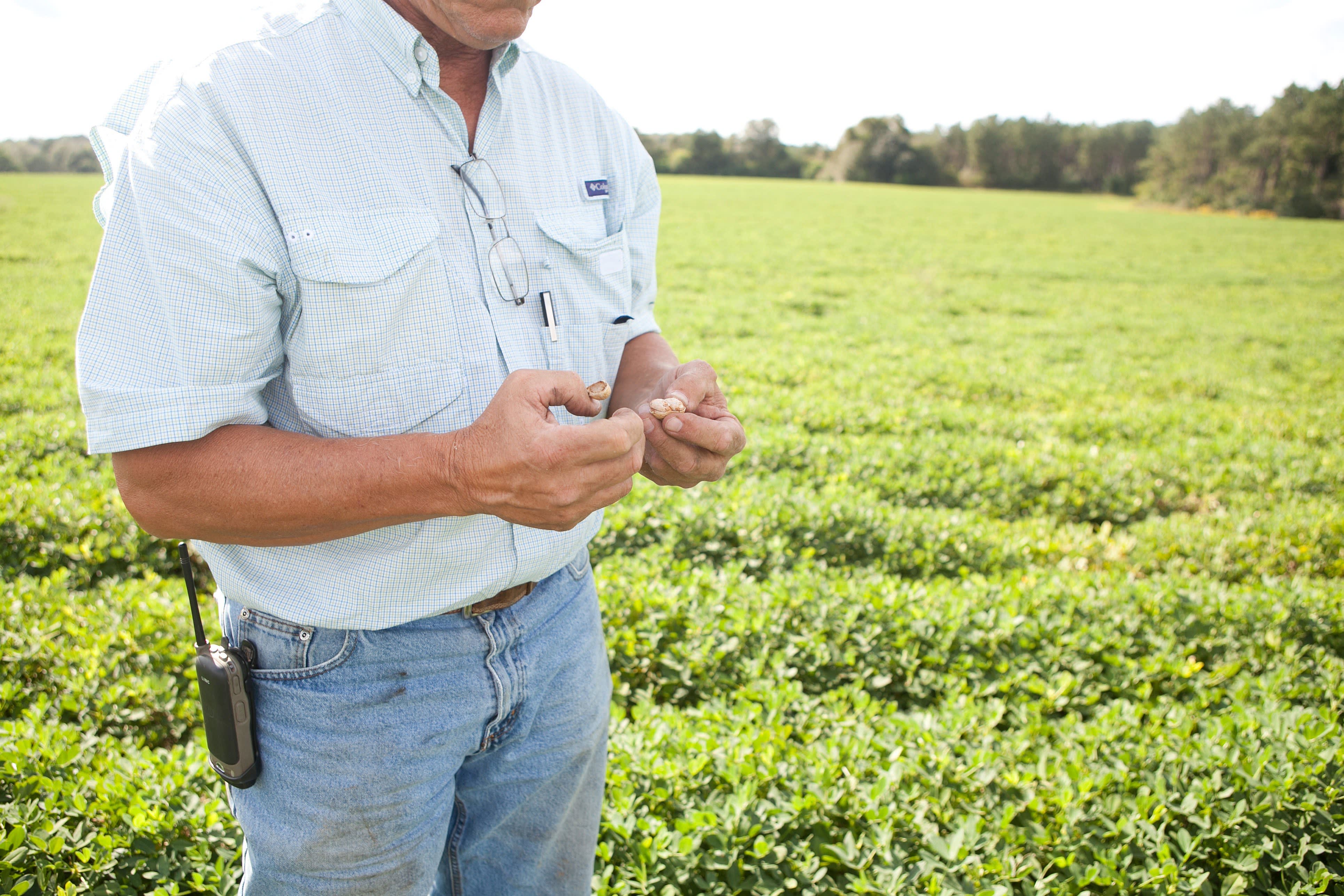 Peanut Farmer in Alabama
Peanut Farmer in AlabamaThe Growth of Peanut Production in Alabama
These two major factors added additional growth to the developing Peanut Production in Alabama.
This very profitable crop in addition to its growing popularity was helped tremendously by new agricultural crop diversification strategies, as well as the invention of labor-saving equipment.
This new equipment saved labor in several ways, including planting this crop, harvesting it, as well as shelling and cleaning it.
George Washing Carver, from the Tuskegee Institute, also played a major role in the growth of the Peanut Production in Alabama.
Although he is not credited for inventing peanut butter, according to Tuskegee University’s Archives, he was credited with inventing several different products using them.
These products included foods such as pancake and peanut flour, soap, several different beverages, as well as cosmetics and paint products.
He was also a huge factor in encouraging black farmers in growing this profitable crop and spoke to the U. S. Congress on how its use could help the American economy.
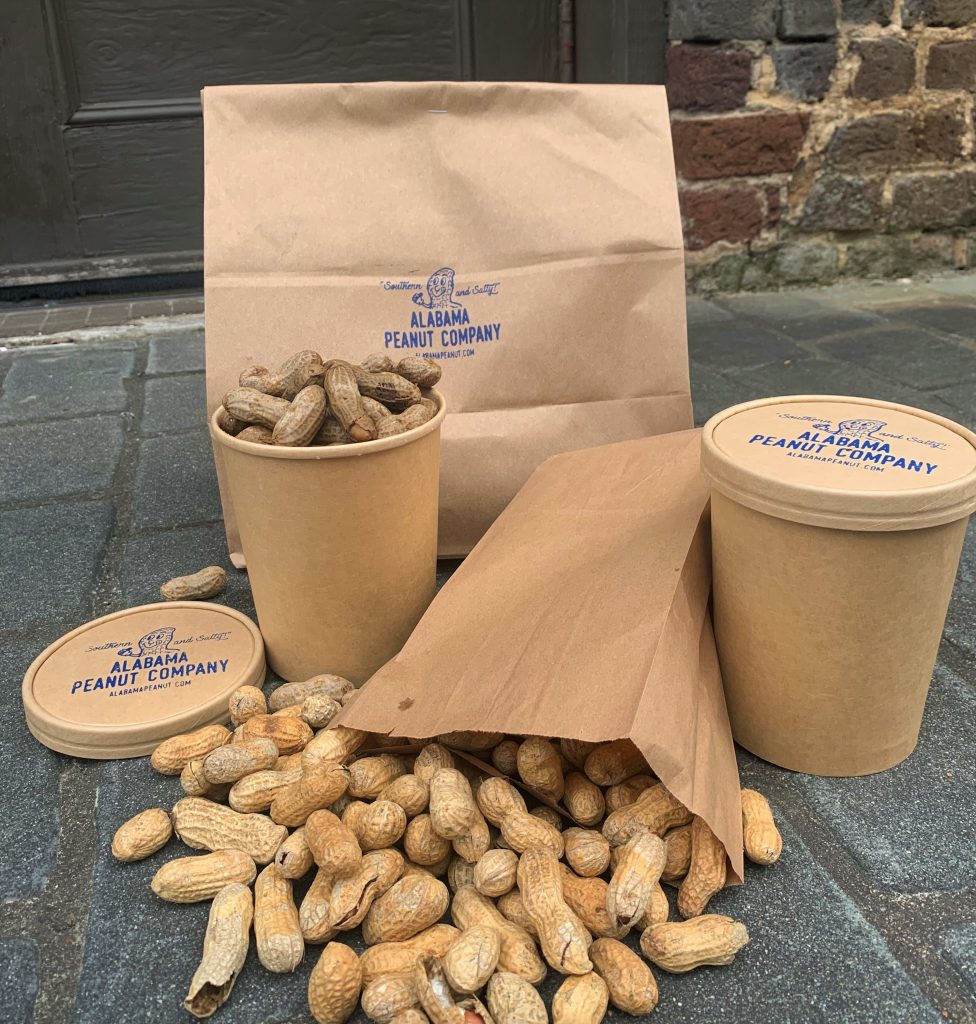 The Alabama Peanut Company
The Alabama Peanut CompanyThe Different Types of Peanuts and How They Are Grown
There are four major types of peanuts that are grown in the United States, and they include the Runner, the Spanish, the Valencia, and the Virginia.
The Peanut Production in Alabama is made up almost exclusively by the Runner type, and 50% of this food source grown in this country is this type.
This type also makes up over 70% of the food market in the country, with half of this used to make peanut butter.
The remaining percentage of this type is used in candy or as roasted nuts.
Spanish peanuts, which have higher oil content, are used to make candy, peanut oil, or used as roasted snack nuts.
The Valencia type is typically boiled, and the Virginia type is generally used as snack nuts.
This food source grows and thrives in subtropical warm climates, as well as well drained chalky soil, and both of these factors are found in the southern part of the state.
The planting process, which uses shelled raw peanut as the seed, is done after the last spring frost, when the soil temperatures reach 65 degrees.
In the southern part of the state this generally occurs in March or April, and the harvesting takes place between 120-160 days later.
The Peanut Production in Alabama is considered to be a dual process, as the crop is grown for the nut itself, as well as the hay it produces.
It is a plant of the legume or pea family, and its seeds are in its pods.
The plants themselves grow to slightly over a foot high and about three feet in width, and they are self-pollinating where the male as well as the female flowers grow on the same plant.
When these flowers wilt, the stalks then grow in the ground about an inch deep, where it develops into pods that contain the seeds.
Once these seeds mature, they are harvested, which is a two-part process.
The first part involves a digger with 4–6-inch horizontal blades that are driven down the rows, and this loosens the plants from their roots.
A shaker than lifts and inverts them, which exposes the pods to sunlight so they can dry out.
Once dried, a combine cuts the pods from the vine, and places them in a hopper on the top of the machine, and then replaces the vines and stems on the ground.
These vines then serve as moisture-retaining mulch for future uses.
Once the pods are harvested, they are placed in drying containers to cure, which reduces the moisture content.
In addition to food for humans, they also make very good food sources for pigs and dairy cows.
The valuable crop helps pigs develop lean meat and helps to balance dairy cows’ diets.
References
http://www.encyclopediaofalabama.org/article/h-2016

Alabama Gift Store
Numerous Items for You and Your Family to Enjoy
See it here at the Gift Store
Copyright 2019-2023 Alabamabackroads.com
All Rights Reserved
